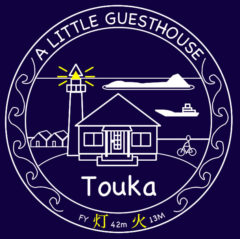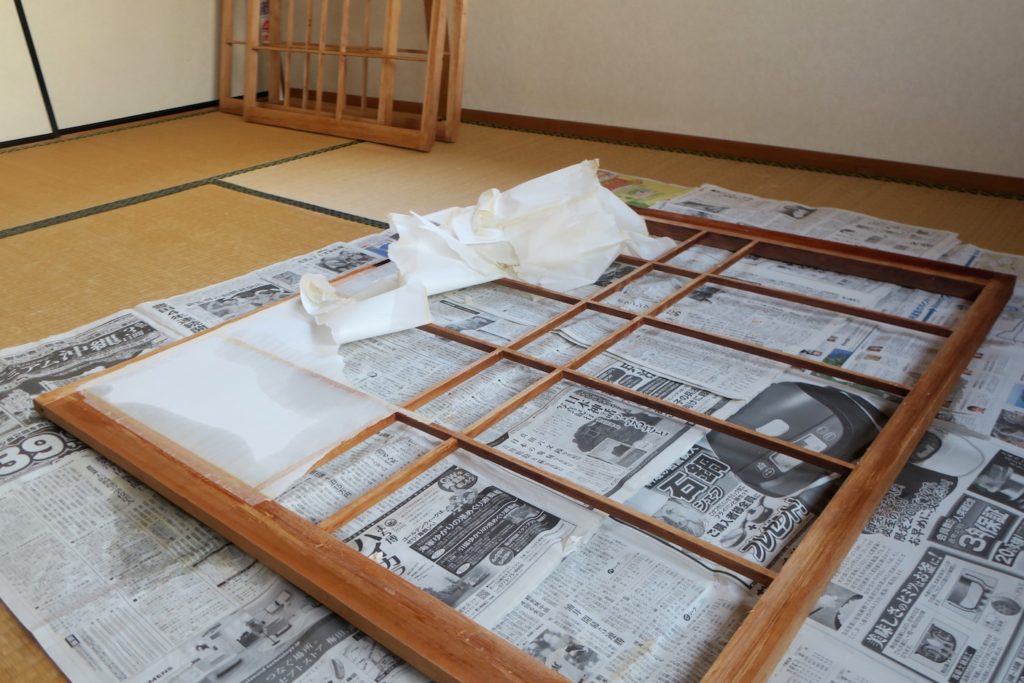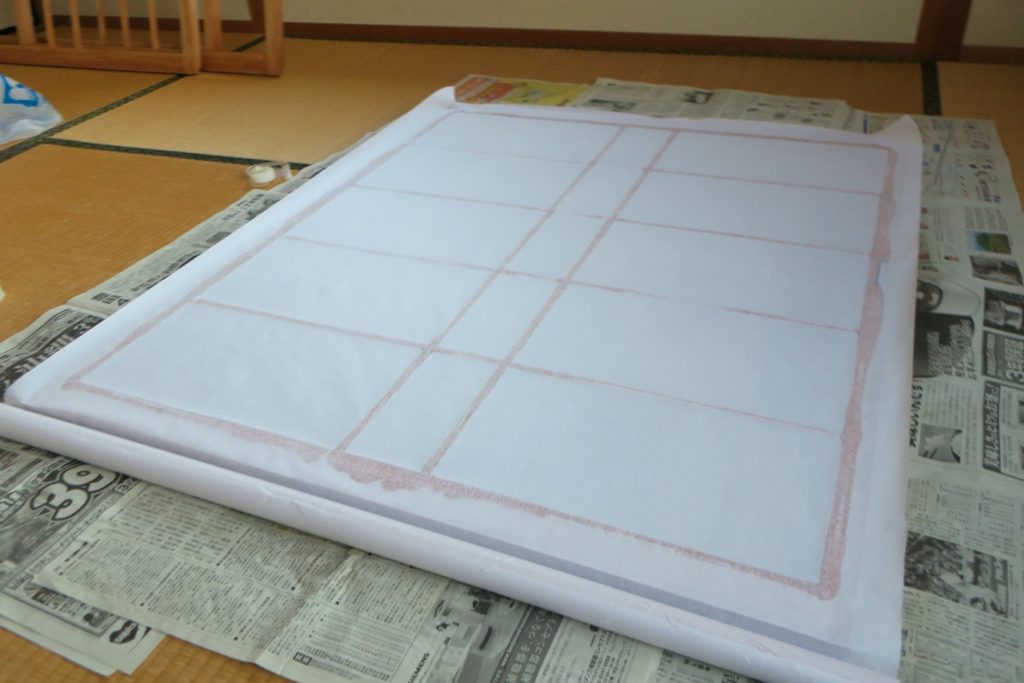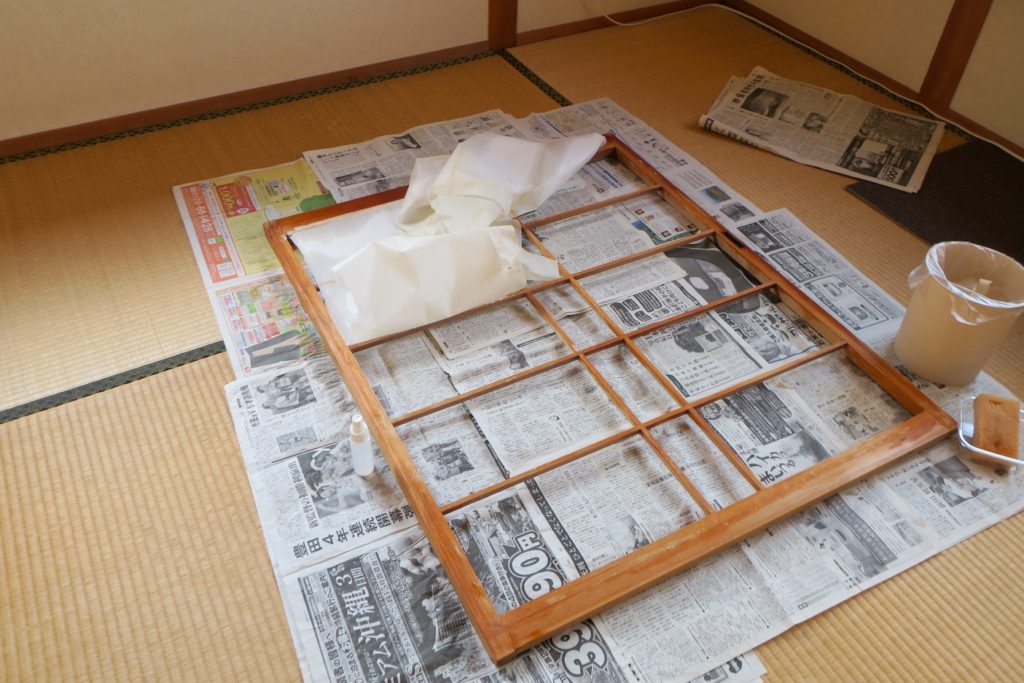Japanese Title (邦題): 「知っているといないとでは大違い!」末尾に
A big difference between knowing and not knowing!
Good morning to the World and Kanmon!
When I was watching TV, I was surprised at one bar chart. I want to share it with the people with heart.
It was the “future plan of power supply configuration in this country”. I was so disappointed with configuration ratio of 2030.
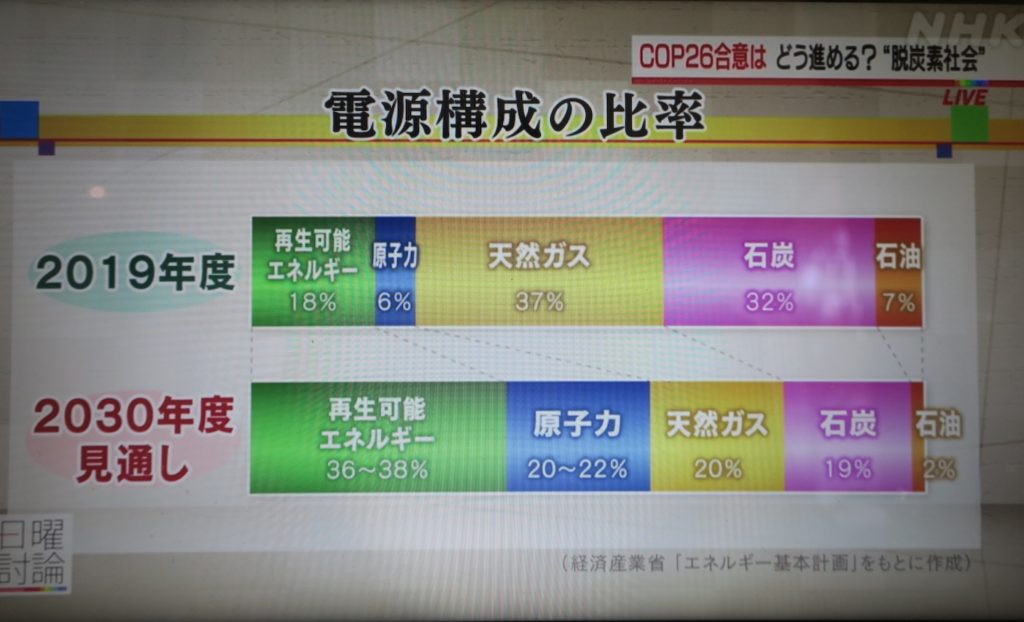
( Sunday Debate NHK )
Same time, disappointed with myself who didn’t know it.
There are three major points (of my disappointment):
1. The ratio of renewable energy is quite low even in 2030
2. Too much relying on coal fired power generation.
3. Strangely increase of nuclear power generation.
In the TV program, discussion about power supply was the majority, but I thought that we should make effort to reducing demand for the power for ourselves.
At least, we should reduce as the ratio of nuclear power increase, or Japanese people will be listed on the book “Sad Animal Facts”.
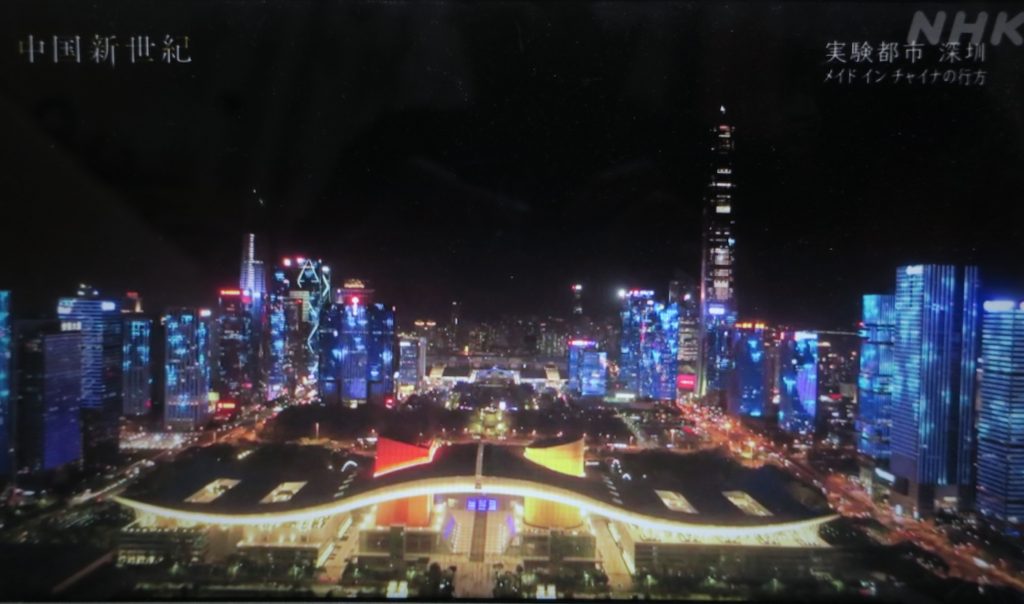
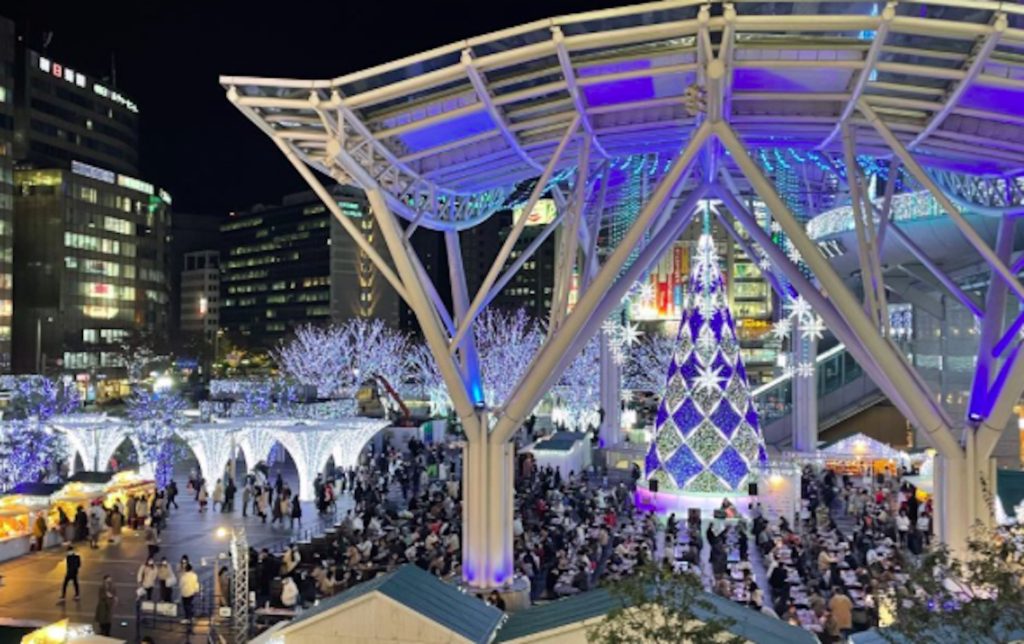
( Japan might be listed on “Sad Country Facts” already, though. )
The name of this guesthouse is TOUKA (the light), but we decided to turn off the light and electricity as much as we can.
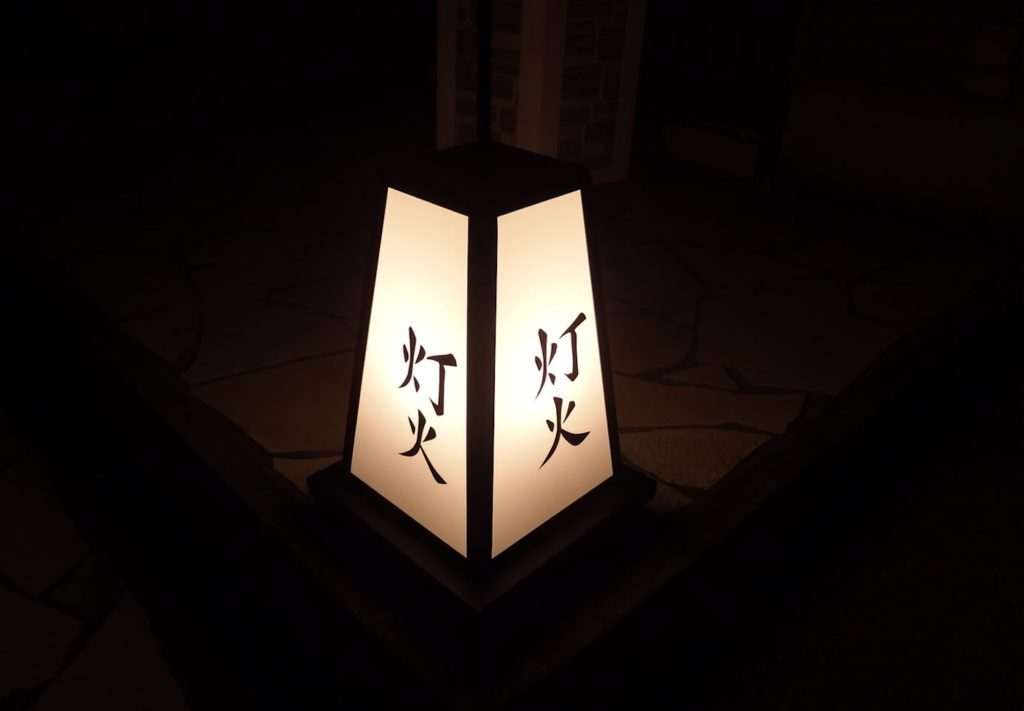
Thank you and you have a nice day with understanding your standing position very well.
from Yassan,
Manager of a Little Guesthouse under a Little Lighthouse TOUKA
( http://touka-kanmon.com )
知っているといないとでは大違い!
世界中に朝が、そして関門にもあさが来ました。
おはようございます。
テレビを見ていて、あるグラフに驚いたので、心ある人と共有したいと思いました。
それはこの国の「電源構成の見通し」。2030年に見通す比率にガッカリしました。

(日曜討論 NHK )
そして、このことを知らなかった自分自身にもガッカリしました。
ポイントは3つ:
1.再生可能エネルギーの普及が全然なこと。
2.石炭火力への依存度がまだまだ高いこと。
3.さらにショックなのは原子力比率が異様なほど高くなること。
番組では供給する側の議論がメインでしたが、需要する側の努力も問われるべきではと率直に感じました。
せめて原子力の増加分は消費する側で抑えないと「ざんねんないきもの図鑑」に「にっぽんじん」が載りそうですよね。


(もしかしたら、当事者がしらないだけで「ざんねんなくに」にはもう載っているのかも)
当宿の名前は「灯火」ですが、電気は付けっぱなしにしないように極力留意し、必要な分だけ使うようにしようと心に誓いました。

それでは、自分たちの立ち位置をよく理解して素敵な一日を!
灯台下のちいさいゲストハウス「灯火」宿主 やっさん より
( http://touka-kanmon.com/index_jp.html )
